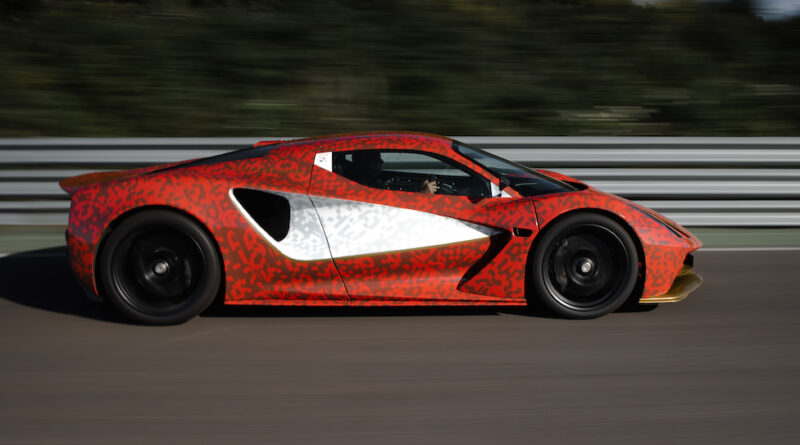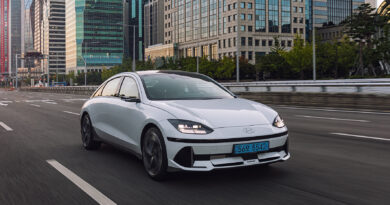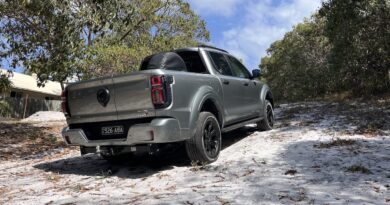Lotus Evija electric hypercar stars in revealing new film
Lotus has released exciting footage of its new battery electric Evija hypercar in full flight, countering some bad recent news for the project.
The film shows chief test driver Gavan Kershaw rocketing around the Lotus test track at Hethel in the UK explaining the engineering development vehicle’s features and occasionally breaking into smoky tail-slides.
It comes just weeks after it was reported the 1471kW/1700Nm Evija’s global debut would be pushed out to mid-2021 from late 2020 because of testing delays caused by the coronavirus.
That means Australian arrival has also blown out further from the 2021 timing we reported in May. Hopefully it hasn’t impacted the $3.2 million price too much!
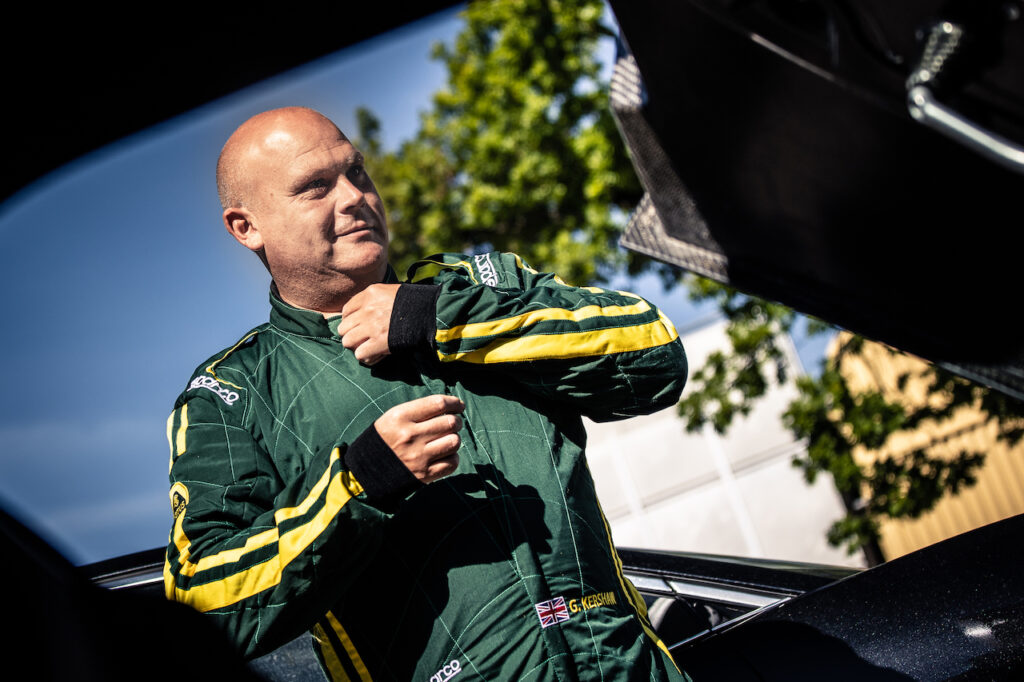
In another setback in September it was revealed Williams Advanced Engineering (an offshoot of the William F1 operations) was suing Lotus for wrongful contract termination of its technical partnership for development of Evija.
WAE was responsible for the co-development of the 70kWh battery pack that feeds the 368kW e-motors situated at each wheel of the Evija. Lotus claims a 0-100km/h time in under three seconds and 0-300km/h in under nine seconds for Britain’s first electric hypercar.
Evija is also claimed to have a full battery charge capability in under 10 minutes and full EV driving range of over 400 kilometres.
Of course Kershaw wasn’t discussing the recent setbacks, he was instead focussed on the performance of the Evija and its development philosophy.
“Lotus cars are very nimble, inspiring great confidence when being driven, and the Evija is no different to that,” he said.
Kershaw also outlined the five drive modes that progressively deploy the Evija’s monumental power and torque:
Range mode is limited to 735kW of power and 800Nm of torque, and intelligently switches the Evija from four-wheel drive to rear-wheel drive to maximise the distance available from the battery and its intelligent power management system.
City mode provides greater power control and decreases the level of regenerative braking for urban environments.
Tour provides automatically switchable four-wheel or rear-wheel drive, delivering over 1030kW of power with torque-vectoring.
Sport delivers performance figures of 1250kW and 1700Nm linked to stability control systems to increase traction levels.
Track mode is the most extreme, boosting power delivery to the maximum 1471kW. It delivers the highest level of torque-vectoring with the Evija’s drag reduction system (DRS) available on request. The chassis setting is automatically switched to Track, allowing more slipping and movement.
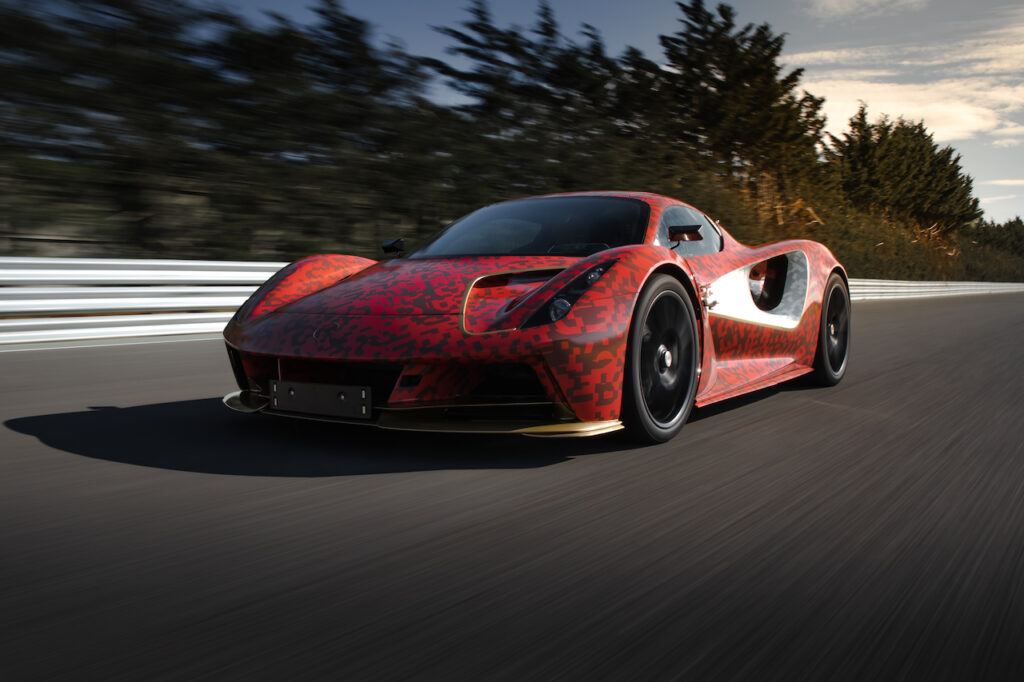
Also included in the film are dynamic views of the battery pack located immediately behind the two seats, echoing the mid-mounted powertrain layout of many Lotus cars.
Kershaw explained this creates an optimum weight distribution and makes the Evija exceptionally agile, even as it heads towards its top speed of more than 320km/h.
Other Evija features highlighted by Kershaw were F1-technology “big” carbon brakes, “widgets” in the instrument panel displaying downforce figures, lap time, energy consumption, tyre pressures and g-forces, a nose-lifting device to cross gutters and the cab-forward body shape.
The Evija is one of a number of electrified hypercars under development. Among them is the Pininfarina Battista.
The film has been launched as the Evija takes centre stage at this week’s Salon Prive Concours d’Elegance in the UK. It’s staged in the gardens of Blenheim Palace, a UNESCO World Heritage site in Oxfordshire.

